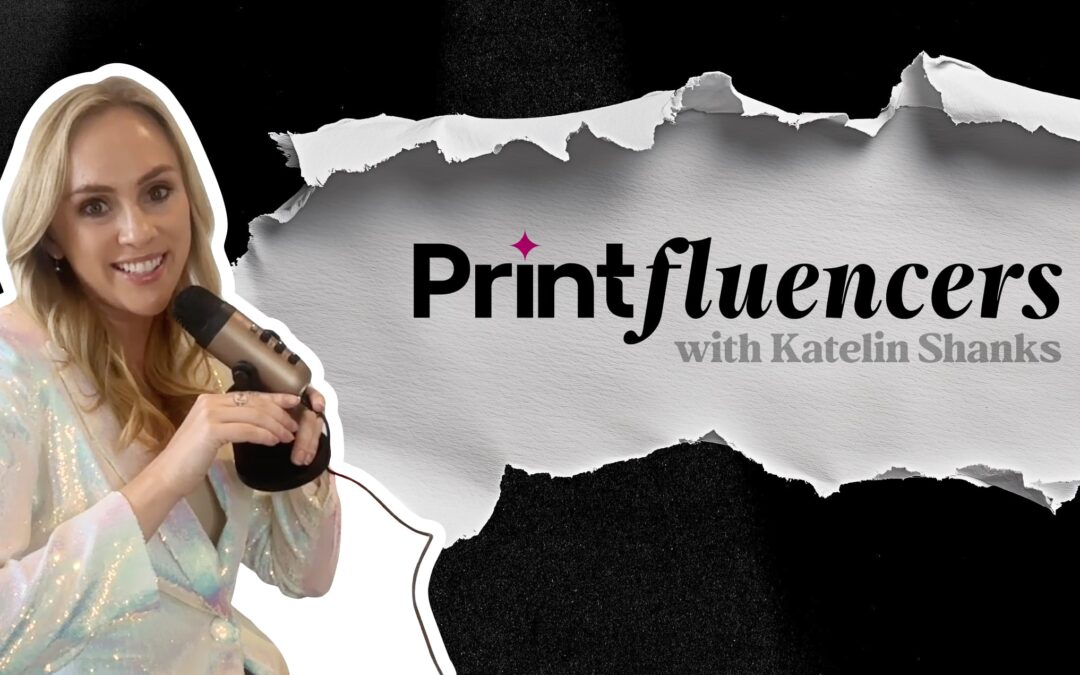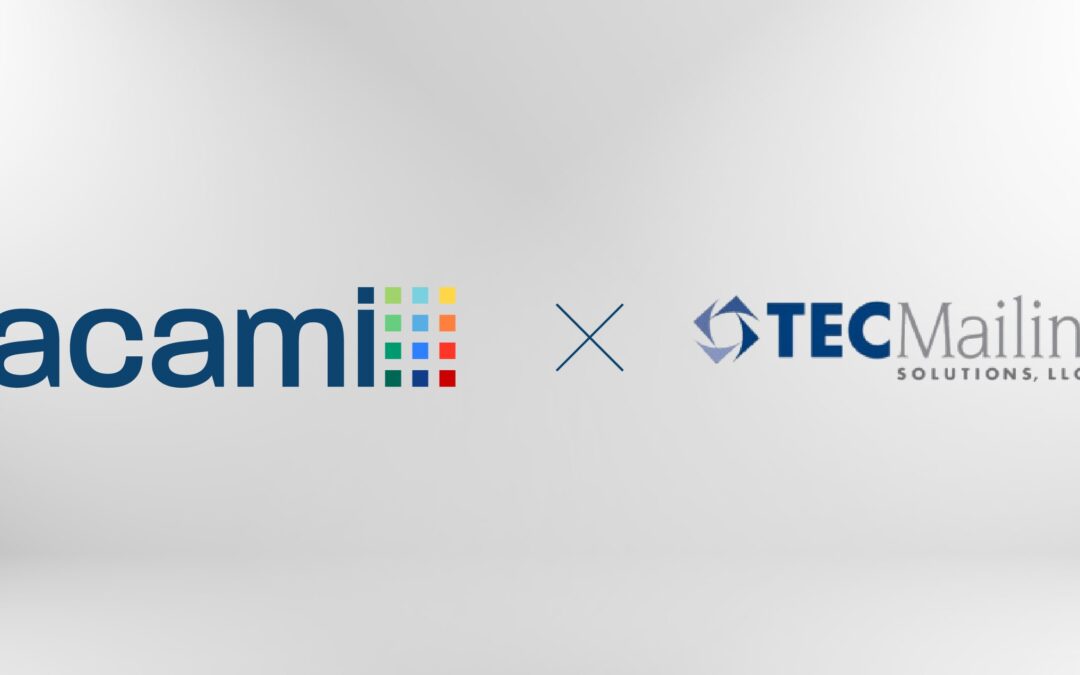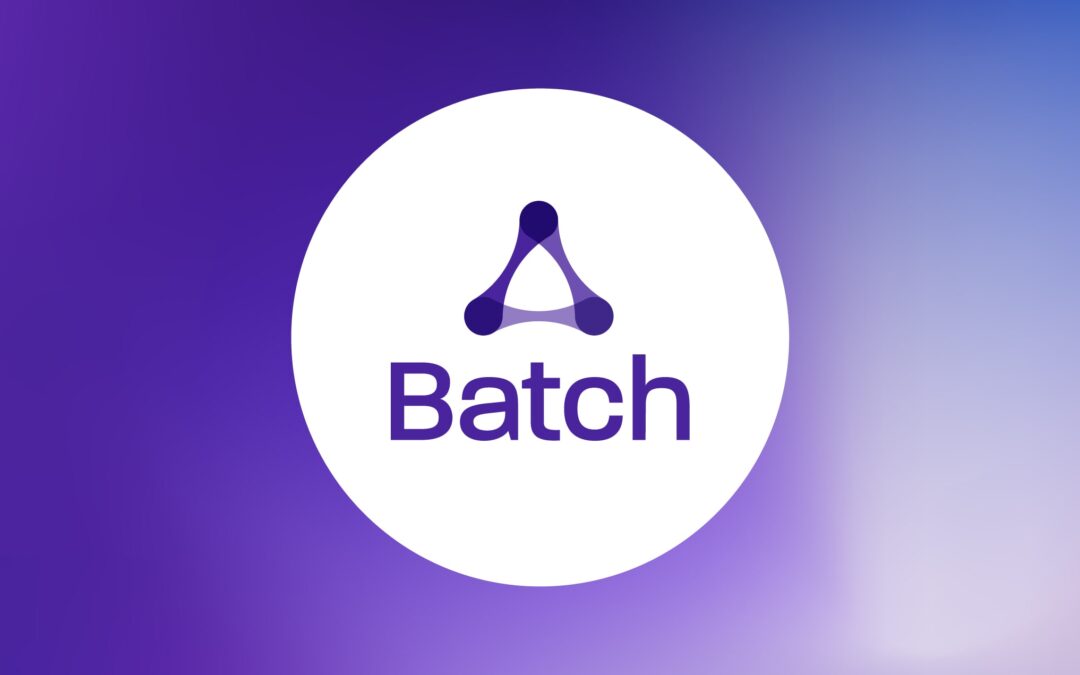Once upon a time, a printed bill was just… a bill. A statement was just something to file away or toss in the recycling bin. But in today’s hyper-connected, experience-obsessed world, those same pieces of mail carry untapped potential—each one is a CX goldmine waiting to be mined.
Welcome to Customer Experience 2.0
In a digital-first marketplace, customer experience (CX) is the new battleground. Brands are no longer just competing on price or product—they’re competing on how well they make customers feel across every interaction. And that includes the “boring” stuff: bills, statements, notices, and all the transactional documents that traditionally lived outside the marketing funnel.
But here’s the kicker: while businesses obsess over websites, apps, and email campaigns, many are sleeping on the most frequent touchpoints they have with their customers—communications that PSPs produce and deliver every single day.
That’s where you come in.
The Evolving Role of PSPs
Today’s print service providers are being called to level up. It’s no longer enough to simply print and mail; the new frontier is becoming a co-creator in your client’s customer journey.
According to Treeline Research’s 2024 study, over 80% of financial institutions now have formal paper suppression strategies. The writing is on the wall—literally. Print volumes are declining, but the need for meaningful communication is skyrocketing.
This isn’t a death sentence for print—it’s a call to reinvent it. The shift is from jobs to journeys, from volume to value.
CXM vs. Output: It’s Time to Choose a Side
Customer Experience Management (CXM) reframes the game. Instead of just producing documents, PSPs now have the opportunity to help orchestrate experiences—leveraging data, timing, personalization, and omnichannel tactics.
Ask yourself: are you just counting pages and envelopes, or are you helping your clients reduce churn, boost engagement, and improve Net Promoter Scores?
If you’re still delivering work in silos—batch jobs, static PDFs, production-only thinking—you’re missing the bigger picture. You’re missing the future.
The print-and-mail industry has often lagged behind in adopting martech-style tools. But the rise of AI and automation is changing that fast. PSPs equipped with the right tech stack can now:
- Trigger communications in real-time based on customer behavior
- Deliver messages across the right channels—print, email, SMS, app—based on preference
- Embed payment options, personalization, and recommendations within both digital and print touchpoints
- Track engagement and feed data back into the cycle for continuous improvement
It’s not magic. It’s CXM.
So, What Now?
To thrive in this new CX-driven landscape, PSPs must:
- Embrace CXM as a core business strategy, not an optional upgrade
- Hire or partner with CX strategists, marketing-savvy talent, and tech-forward thinkers
- Build omnichannel capabilities—not just email blasting, but orchestrated, personalized, experience-first communications
- Invest in analytics, UX, martech integrations, and cloud platforms that allow clients to see the impact of their messaging
- Reimagine print not as the old way, but as the premium touchpoint in a digital journey
Customer Experience 2.0 isn’t coming—it’s already here. And print service providers have a critical choice to make:
Stay the vendor that prints the communication…
Or become the partner that prints the experience.
Which will you choose?
Download the Future of Production Workflows Whitpaper by Treeline Research and Racami.



